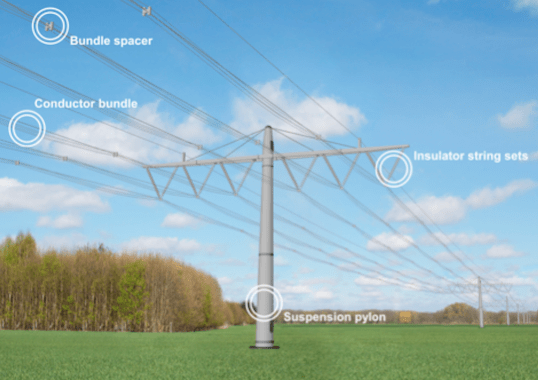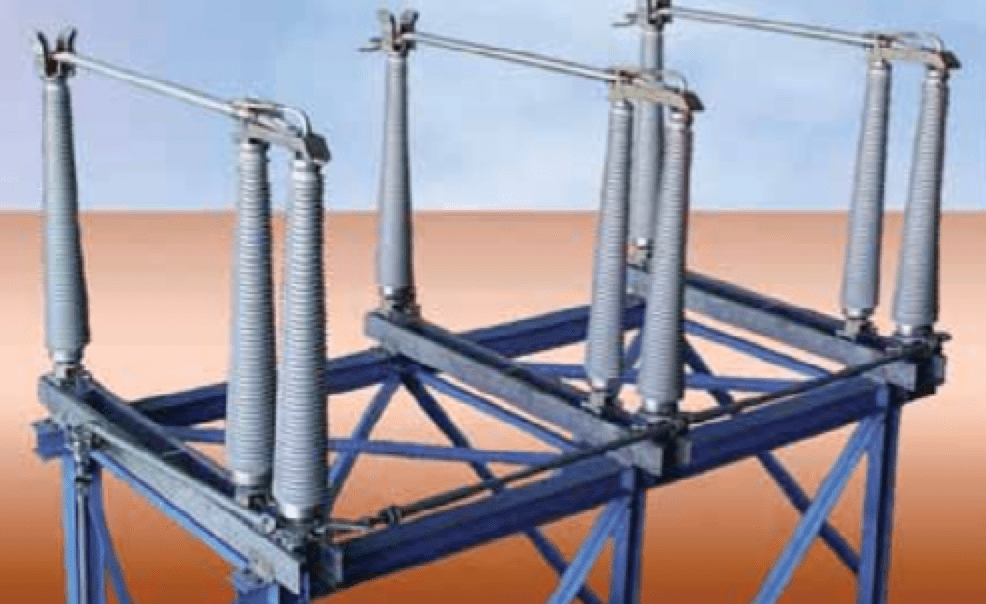
See the official JCAMP specification site for details.Īll spectra can be expanded in both X and Y coordinates via commands or buttons on the screen. It can read compressed JCAMP formats, but writes only AFFN format. The viewer reads and saves in AFFN format only. In general, all compounds on this site will have infrared, 1H, 13C, and mass spectra. JCAMP-DX spectral files are best displayed using the JCAMP viewer as the Chime plugin(Windows only) seems unable toĭisplay spectra with a large number of data points in an AFFN JCAMP data file.Īll jcamp files on this site can be viewed as well as those on the NIST web site. Some very brief documentation (and dated) on the data processing capabilities is available here.Ĭlick on a thumbnail on the left to switch spectra.
#Inmr integration download#
This version of the viewer has the capability to directly download and process raw FID data files from the UWSP data server.

Linux viewer last updated on: Sunday, 3 11:46:57 CDT size: 18M bytes Download the Linux Jcamp Viewer(ARM).

Linux viewer last updated on: Sunday, 3 11:46:23 CDT size: 18M bytes Download the Linux Jcamp Viewer(64 bit). Linux viewer last updated on: Sunday, 3 11:45:47 CDT size: 18M bytes Download the Linux Jcamp Viewer. If you try running it on your linux system, please drop me an email with your results.
#Inmr integration windows#
Windows viewer last updated on: Sunday, 3 11:44:06 CDT size: 19M bytes Download the Windows Jcamp Viewer (64 bit). Windows viewer last updated on: Sunday, 3 11:42:56 CDT size: 17M bytes Download the Windows Jcamp Viewer (32 bit). Macintosh Viewer last updated on: Sunday, 3 11:31:39 CDT size: 8.7M bytes Download the Macintosh Jcamp Viewer (cocoa). JCAMP Data File Viewers Macintosh Viewer last updated on: Sunday, 3 11:30:24 CDT size: 10M bytes Download the Macintosh Jcamp Viewer. A synthesis of characteristics and three comparative tables aid in the choice of an adequate actuation method for a given task or application. A good solution to a given application often involves a combination of several actuation principles. The results are completed with developments of other groups.

Our analysis is based on a variety of actuation principles that we have tested both for MR compatibility and for the quality of force feedback that can be realized, including hydrostatic, belt, and cable transmissions as well as electrostatic and piezoelectric actuators. In the case of functional MRI, actuation is also required during imaging, whereas current MR-compatible interventional systems are typically moved between imaging phases.

This article analyzes actuation methods for robotic systems to be used within a magnetic resonance environment, such as systems for diagnostic and interventional MRI, neuroscience studies during functional MRI, and diagnostic fMRI. This choice is particularly difficult for robotic systems working within a magnetic resonance (MR) environment because of the safety and compatibility constraints imposed by the high magnetic field, switching gradients, electromagnetic pulses, and sensitive measuring equipment involved. The choice of an adequate actuation method is a central issue in the development of any mechatronic device and strongly determines the dynamic performances of the system.


 0 kommentar(er)
0 kommentar(er)
